Nickel is one of the most popular metals that can be found in the environment. This metal is generally known for its strength and strong heat resistance. It is silver colored and can be combined with other metals to produce different items. These items include keys, pens, jewelry, paper clips, zippers, belt buckles, and eyeglass frames. While nickel can be used in the manufacturing of different items, it can also be found in many foods including some vegetables, grains, and fruits.
Although many people develop nickel allergies from consuming certain amounts of foods high in nickel, the moderate consumption of food that contains nickel can however wield some benefits for our body. It can help to improve the amount of iron that is absorbed by our body from the foods we consume and may also aid the production of red blood cells.
Nickel is widely known as one of the most common metals that causes metal allergies. A nickel allergy develops when the immune system responds adversely to coming in contact with a product or item that contains nickel. Naturally, the immune system has to protect the body from substances that can cause any harm to it such as bacteria and viruses; but, if one has a nickel allergy, the immune system can interpret nickel as a dangerous element. When your immune system sees nickel as being dangerous, it then releases certain chemicals to fight against it, and this can cause an allergic reaction.
This allergic reaction can most commonly cause skin rashes, and can also cause skin redness, bumps, itching, dry patches, and blistering. An important fact to know is that once a nickel allergy develops, it is unlikely to fade away on its own. Studies have shown that women are more likely to develop nickel allergies than men and that this allergy can manifest at any age.
To reduce the symptoms of a nickel allergy, your best bet is to decrease or avoid anything that can further expose you to the metal. Here are a few ways that you can reduce your nickel sensitivity.
- Instead of using clothing fasteners such as zippers and belt buckles that are made with nickel, opt for ones that are plastic coated.
- Do not choose pieces of jewelry that are made with nickel or are stainless steel plated.
- When purchasing household items like cooking utensils, razors, and keys, choose items that are not made with nickel.
- Protect your electronic devices such as laptops and phones with a protective cover.
- If you develop a rash around your hand because you made use of an object containing nickel, try to embrace a low-nickel diet.
- If you mistakenly come in contact with an object that is nickel-plated, wash every part of your body that it might have touched.
If you are already having allergies from using items that contain nickel, eating foods that are rich in nickel can set off your immune system and cause more symptoms. Symptoms like stomach ache and skin rashes may appear and this is why you need to reduce or eliminate the consumption of foods high in nickel from your diet.
The amount of nickel that is present in foods depends on the class of the plants and the level of nickel content in the soil. For seafood, the level of nickel present can be determined by the aquatic environment. Some foods can, however, contain higher levels of nickel than others. When these foods are consumed by someone sensitive to nickel, it can aggravate their symptoms. Here are 10 foods high in nickel:
10 foods high in nickel
1. Vegetables

Although not all vegetables contain nickel, some vegetables, especially green ones, have been found to contain higher levels of nickel. The consumption of these vegetables should be reduced if you have a nickel allergy. These vegetables include lettuce, cabbage, spinach, kale, leeks and bean sprouts.
2. Nuts and seeds
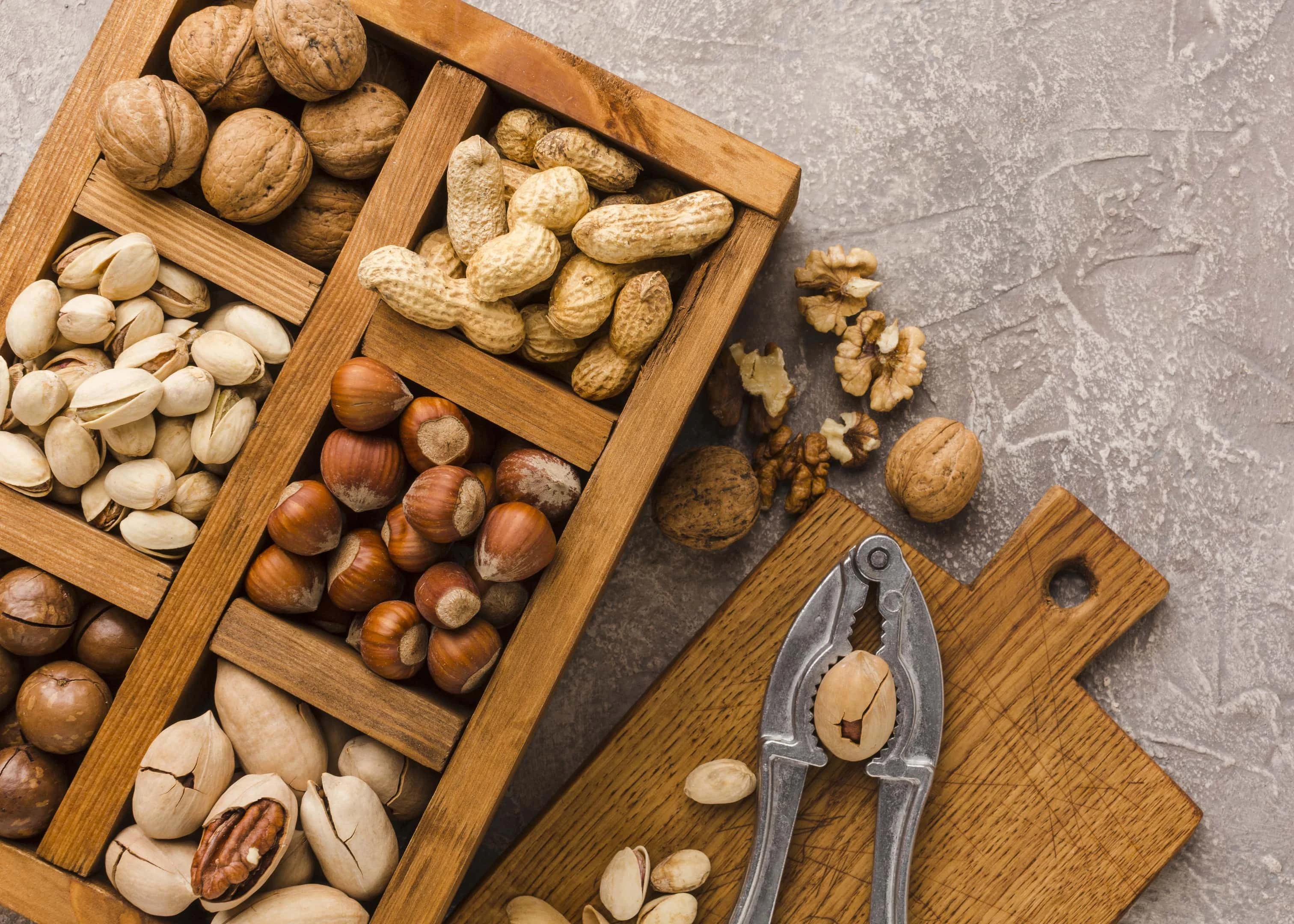
Certain nuts and seeds are known to contain significant amounts of nickel, so it is recommended that you eat them in moderation. Such nuts and seeds include sesame seeds, pistachio, walnuts, sunflower seeds, melon seeds, hazelnuts, almonds, melon seeds and coconuts.
3. Whole grains and wheat
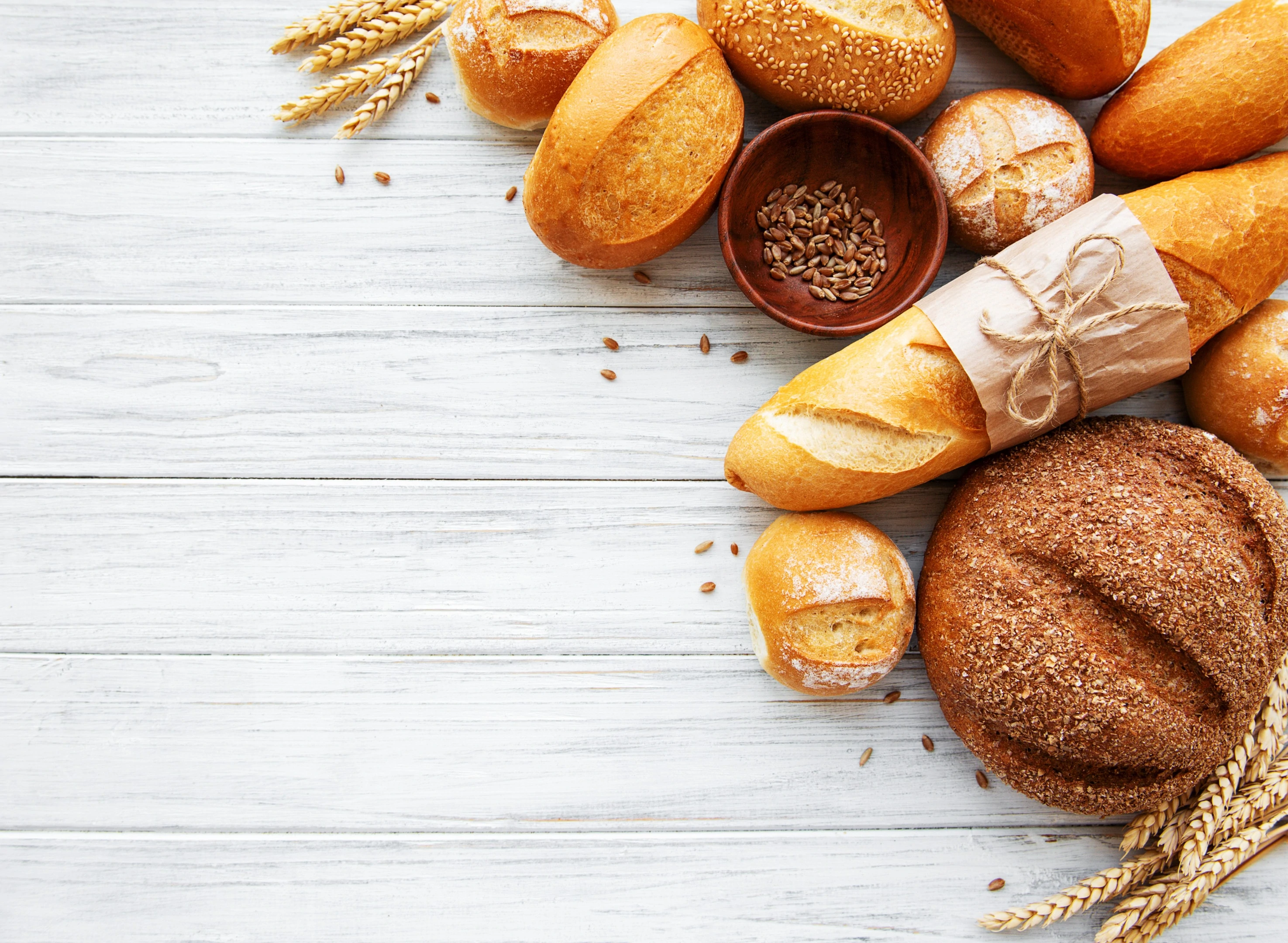
Products of whole grains like whole-grain bread is an example of foods high in nickel. Research has shown that a kilogram of wheat flour contains about 1270 milligrams of nickel. Cereals are also included in this category, although not all cereals are rich in nickel. Other whole grains and wheat that contain nickel include chocolate cereals, barley, millet, pearl, chocolate oat bars, unpolished rice, wheat germ, buckwheat, and rye products.
4. Canned foods

When a substance is stored for a long time inside a can, the chances that it will contain nickel and other sensitive metal substances is very high. Canned foods that should be avoided include canned nuts, pickles, fizzy drinks, tomato paste, fish and meat, and other canned foods.
5. Legumes
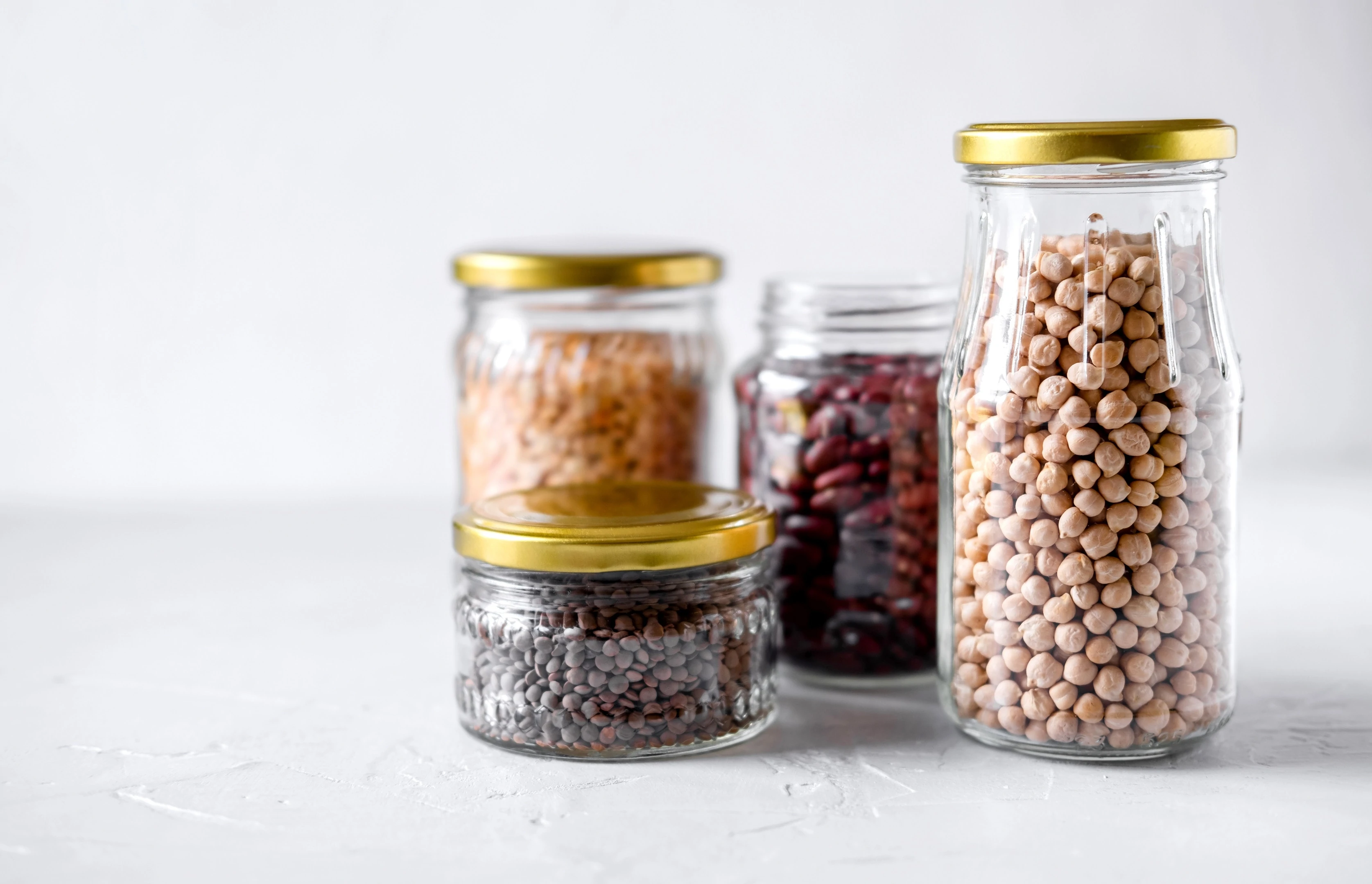
Lentils, peanuts, chickpeas, soybeans, and other soy products like tofu and soy milk are some of the legumes that have high levels of nickel in them. The consumption of these foods can trigger your symptoms if you already have a nickel allergy.
6. Certain fruits

Fruits are generally healthy and as such, you can consume them safely. However, some fruits are rich in nickel and can actuate a nickel allergy. Such fruits include prunes, pineapple, oranges, figs, avocados, bananas, pears, dates, raspberries, and canned fruits.
7. Cocoa products and chocolates

Cocoa products and chocolates have high levels of nickel. Chocolates are made from cocoa beans and cocoa beans possess fat; this fat can increase the reaction of your immune system. Some pastries and milk also contain nickel. With a nickel allergy, you should avoid hot cocoa, every type of licorice, chocolate-flavored drinks, chocolate milk, and other products that contain cocoa.
8. Cashews

Although cashews have a lot of benefits for the body as they can prevent gallstones and help to maintain healthy bones and muscles, they are relatively high in nickel.
9. Seafood

Some types of fish contain high amounts of nickel; they can have up to 0.08 milligrams. Shellfish and fresh-water fish should be avoided. Other fish to eliminate from your diet include scarps, breams, crawfish, white suckers, mussels, roaches, bass, and shrimps.
10. Condiments and spices
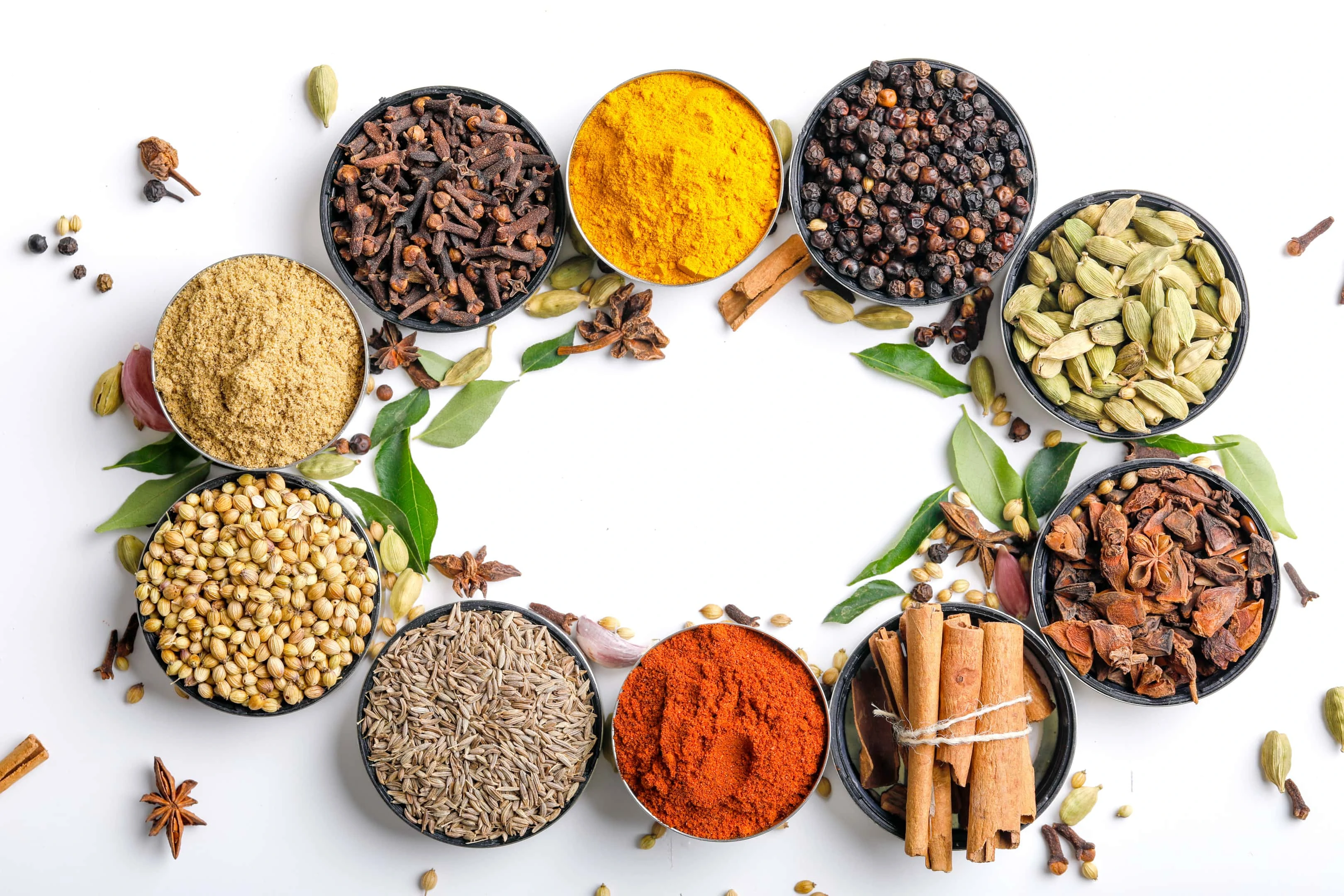
Some spices and condiments also have high levels of nickel and their consumption should be reduced if you are looking to alleviate the symptoms of a nickel allergy. Condiments and spices in this category include juniper, cumin, cinnamon, Popeye seeds, and carnations.
Other foods that are high in nickel
Other foods that are high in nickel include instant coffee powders, teas, and some types of margarine. Rather than consuming the above foods that contain high levels of nickel that can trigger your allergy, you should opt for these foods instead:
Foods that are low in nickel
1. Certain fruits

Strawberries, apples, grapes, peaches, blueberries, raisins, and blackberries are all examples of fruits that do not contain nickel. Make sure you don’t consume canned ones. You can eat these fruits cooked or fresh.
2. Plain dairy products
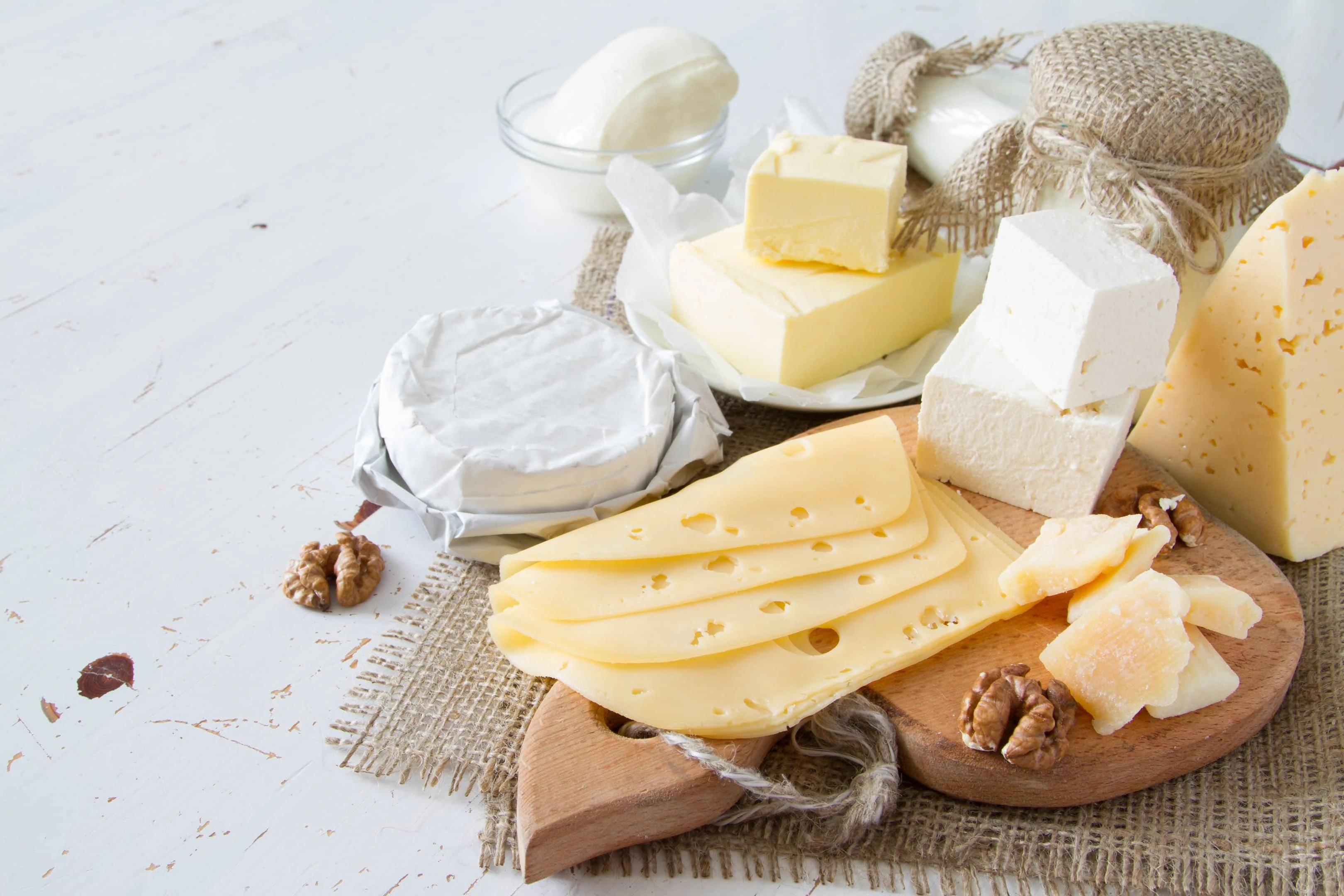
Yogurt, butter, cheese, and plain milk possess low levels of nickel. You can consume these plain dairy products even with an allergy.
3. Refined grains

Although buckwheat, oat bran, oatmeal, and wheat bran are great foods that you can get fiber from, they are high in nickel. Instead of consuming them, you should instead eat refined grains in your diet such as refined corn products like corn flakes, polished rice, and refined white flour.
4. Lean meat

You should incorporate lean cuts of pork, meat, and chicken into your diet as they are low in nickel. However, when preparing these lean cuts of meat, avoid cooking them with utensils that are made with nickel.
5. Root vegetables

For people who are sensitive to nickel, it is advised that you go for root vegetables rather than green vegetables. Root vegetables that are low in nickel include carrots, sweet potatoes, onions, potatoes, and beets.
Conclusion
Although the best way by which you can prevent the advent of a nickel allergy is to avoid items that contain it, you can’t completely halt your consumption of some foods that contain nickel. The key to solving this problem is to consume foods high in nickel in moderation. Endeavor to limit your intake of foods high in nickel. Notwithstanding, eliminate the usage of nickel-plated products; make sure you check the label of items before purchasing them to know if they were produced using nickel. Instead of using items that contain nickel, opt for items that are made with brass, silicone, and titanium.





Elle says
Since it's not possible to eliminate all nickel from my diet, I take 1000mg Vit C with lunch and again at dinner. It helps slow the body's absorption of nickel, and helps lessen and alleviate some of the symptoms/side effects from nickel.